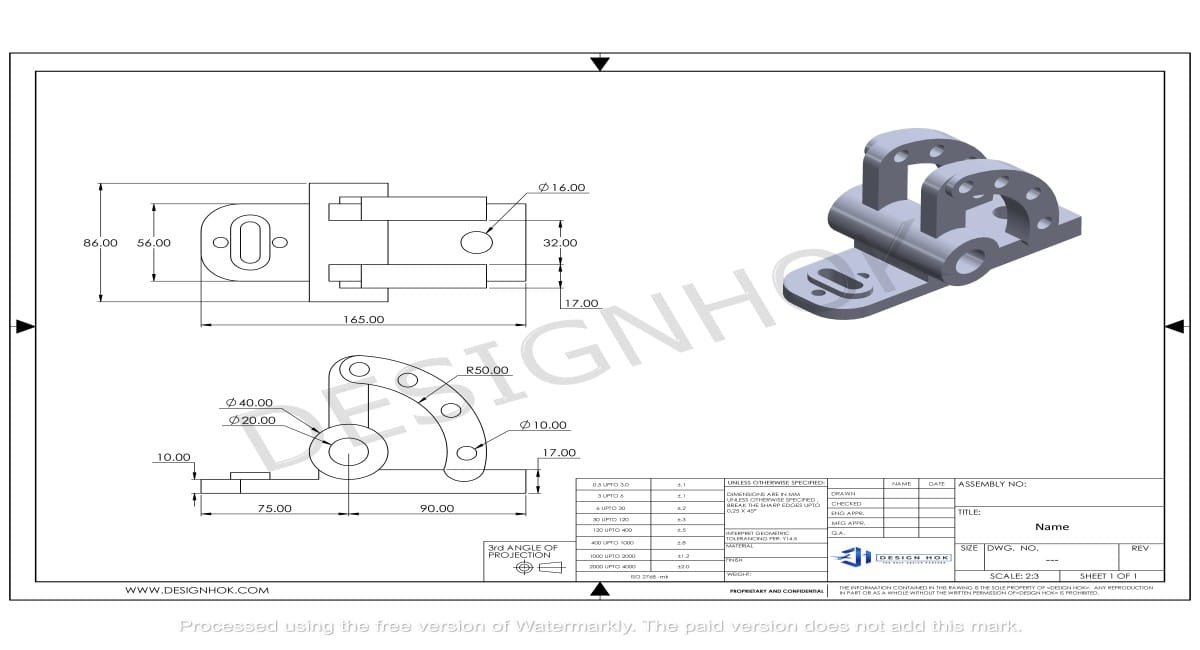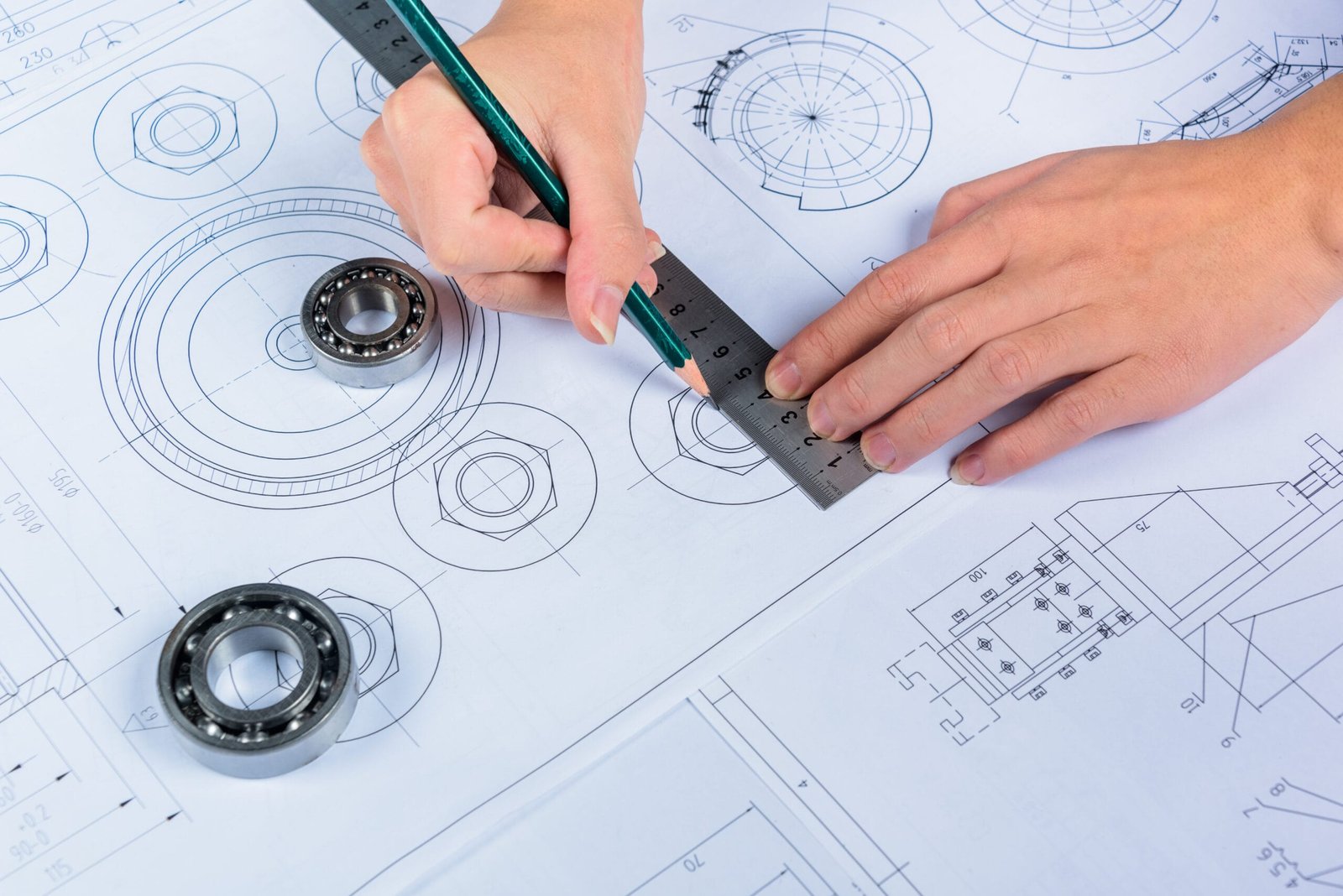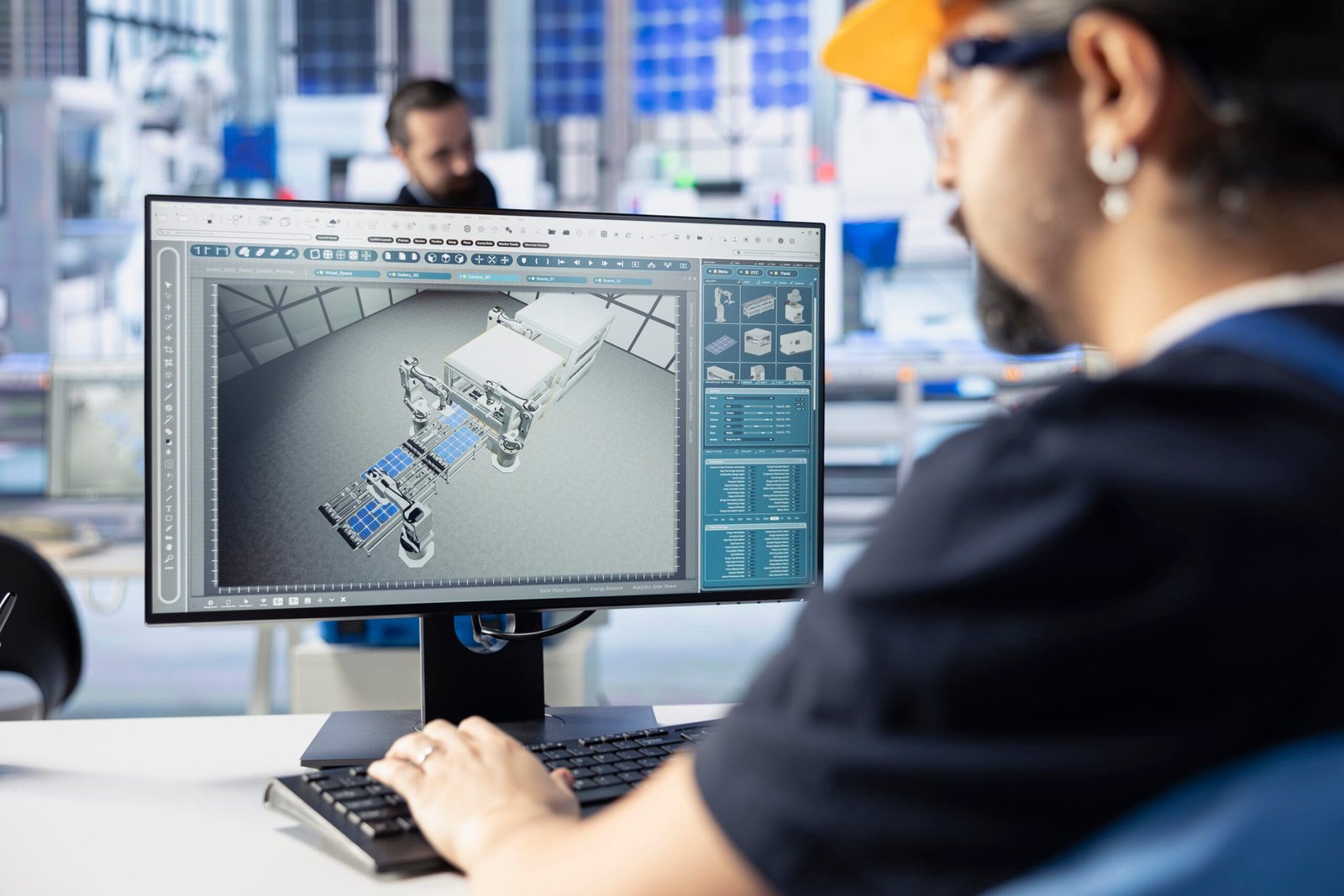Description:
Are you dreaming of a 3D modeling career? Learn the essential skills, tools, and concepts you need to master to break into the exciting world of 3D design. This complete guide will show you what to study and how to start your journey successfully.
Introduction
What to Learn for a 3D Modeling Career is one of the most exciting paths in today’s creative and technological industries. From designing video game characters to building architectural structures and engineering prototypes, What to Learn for a 3D Modeling Career plays a vital role in countless fields. However, becoming a professional What to Learn for a 3D Modeling Career requires more than just a passion for design—you need a solid foundation of skills, techniques, and software knowledge.
If you’re wondering What to Learn for a 3D Modeling Career, this blog will break it down into clear, manageable steps. Whether you’re aiming to work in entertainment, product design, architecture, or marketing, these core skills will help you build a strong and competitive portfolio.
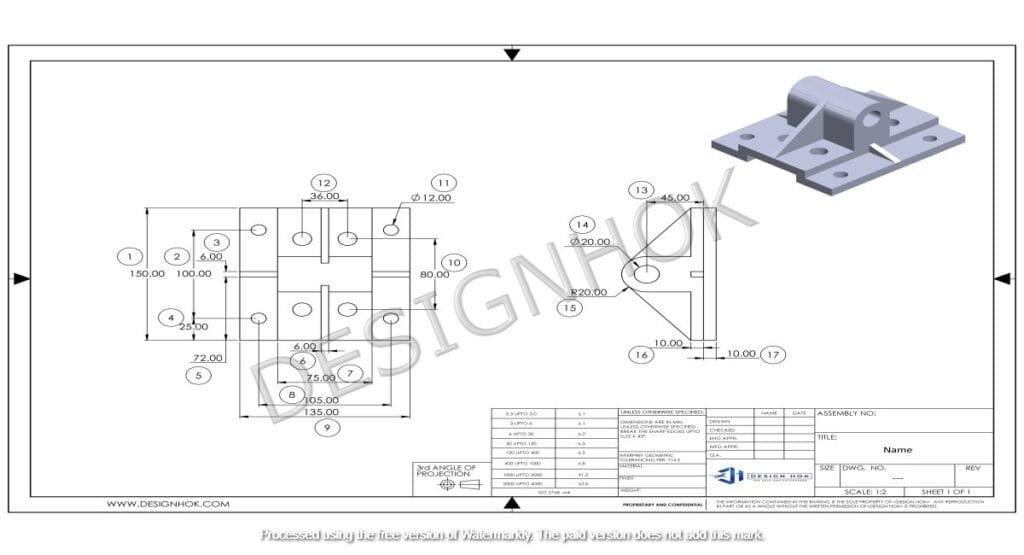
1. Learn the Basics of 3D Modeling
The first step is understanding the basic concepts of 3D modeling:
- Vertices, Edges, and Faces: Everything you model will be built using these components. Vertices are points, edges connect vertices, and faces create surfaces.
- Meshes: A mesh is a collection of vertices, edges, and faces that make up a 3D object.
- Coordinate Systems: 3D space uses the X, Y, and Z axes. You’ll learn to move, scale, and rotate objects along these axes.
Mastering these basics will make it much easier to work in any 3D software.
2. Choose and Master 3D Software
There are many software options for What to Learn for a 3D Modeling Career. Some of the most popular ones include:
- Blender (free and powerful)
- Autodesk Maya (used in film and animation)
- Autodesk 3ds Max (popular in games and architecture)
- ZBrush (for high-detail sculpting)
- Cinema 4D (used for motion graphics)
- SolidWorks or Fusion 360 (for industrial and mechanical design)
At the beginning, it’s better to focus on one software and become proficient before branching out. Blender is a great starting point because it’s free and incredibly versatile.
3. Develop Strong Modeling Techniques
There are different types of modeling you’ll need to know depending on your career goals:
- Hard Surface Modeling: For mechanical objects like cars, robots, and architecture.
- Organic Modeling: For living things like characters, animals, and plants.
- Sculpting: Adds high levels of detail to models, mainly for characters and creatures.
- Procedural Modeling: Uses algorithms to create models, often used in environments and terrains.
Practice creating simple objects first, like chairs, cars, or animals, and gradually move to complex designs.
4. Learn Texturing and UV Mapping
Modeling is just one part of creating a believable object. Texturing makes models look realistic by adding colors, patterns, and materials.
You’ll need to learn:
- UV Unwrapping: Flattening your 3D model into 2D space to apply textures.
- PBR Texturing: Using maps like color (albedo), normal, roughness, and metallic to create realistic surfaces.
- Software like Substance Painter or Photoshop can help with detailed texture creation.
Well-textured models can make a huge difference when applying for jobs or building a portfolio.
5. Understand Lighting and Rendering
Lighting and rendering bring your models to life. A simple model with great lighting can look far more impressive than a complex model with poor lighting.
Learn the basics of:
- Three-Point Lighting: A standard technique using key, fill, and back lights.
- Rendering Engines: Blender’s Cycles, Unreal Engine, or Arnold Renderer.
- Camera Angles and Composition: How you frame your model affects how viewers perceive it.
If you plan to work in animation, gaming, or film, understanding rendering techniques is essential.
6. Practice Animation Basics (Optional but Valuable)
While not every modeler needs to animate, basic knowledge of animation can make you more versatile.
Learn about:
- Rigging: Creating a skeleton that controls your model.
- Basic Keyframe Animation: Moving your model over time.
- Weight Painting: Ensuring smooth movement during animation.
Even a simple animation (like a door opening or a character walking) can enhance your portfolio.
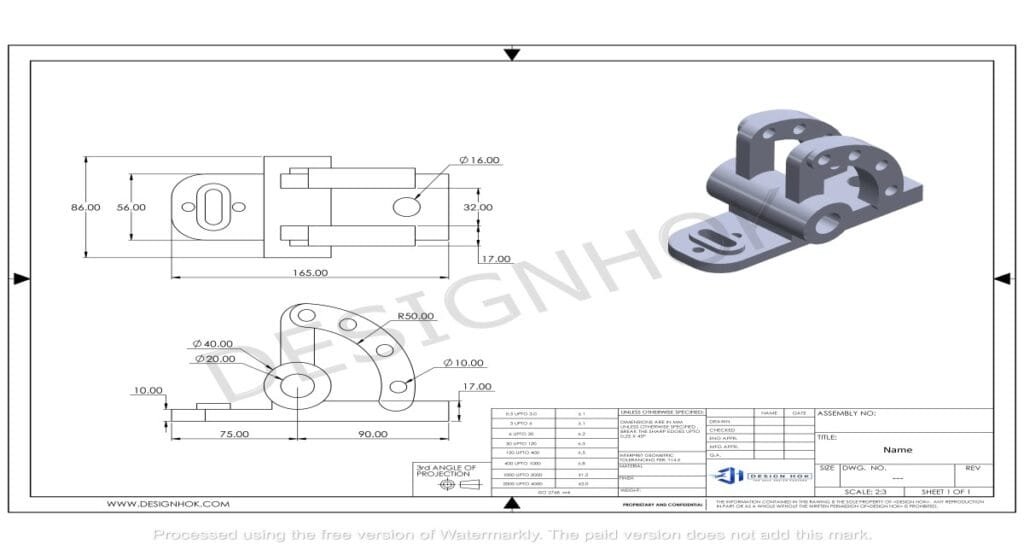
7. Build a Strong Portfolio
A portfolio is critical to landing jobs. It should showcase:
- Your best models (quality over quantity)
- A mix of hard surface and organic models (if possible)
- Textured, lit, and rendered final pieces
- Wireframe shots to show your modeling skills
- Turntables or short animated clips (optional but impressive)
Host your portfolio on websites like ArtStation, Behance, or your own personal website.
8. Learn Industry Knowledge
Depending on your career path, you may also need:
- Game Asset Optimization: Low-poly modeling and baking details into textures.
- 3D Printing Knowledge: For product designers and engineers.
- Architectural Visualization (ArchViz): Realistic environments for real estate and architecture.
Knowing industry-specific workflows makes you more attractive to employers.
9. Stay Updated and Keep Practicing
The 3D industry evolves quickly with new tools, plugins, and trends. Stay updated by:
- Following industry blogs and YouTube channels
- Joining 3D communities and forums
- Taking online courses and tutorials
- Practicing daily or weekly to keep improving your skills
Consistency is the key to success in 3D modeling.
Conclusion
What to Learn for a 3D Modeling Career is both rewarding and exciting. To succeed, you’ll need to master the basics of 3D modeling, specialize in essential software, develop strong techniques, learn texturing and lighting, and build an impressive portfolio. With continuous practice, staying updated with industry trends, and a creative passion for design, you’ll be well on your way to a successful 3D modeling career.
FAQs: What to Learn for a 3D Modeling Career
Q1: How long does it take to become a 3D modeler?
It usually takes 6 months to 2 years to become proficient in 3D modeling, depending on how much time you dedicate to learning and practicing.
Q2: Is Blender good enough for a professional 3D modeling career?
Yes, Blender is a powerful tool used by many professionals, especially freelancers and indie studios. It’s fully capable of producing high-quality, industry-standard work.
Q3: Do I need a degree to become a 3D modeler?
No, many 3D modelers are self-taught. What matters most is your portfolio and skill level, not necessarily a degree.
Q4: What industries hire 3D modelers?
Industries like gaming, film and animation, architecture, advertising, product design, virtual reality (VR), and even medical imaging hire 3D modelers.
Q5: How important is sculpting for a 3D modeling career?
If you plan to work with characters, creatures, or highly detailed objects, sculpting is very important. For hard-surface modeling like products or architecture, it’s less critical but still a valuable skill.
Q6: Can I freelance as a 3D modeler?
Yes! Many 3D modelers freelance on platforms like Upwork, Fiverr, and Freelancer. Building a strong portfolio and marketing your services can lead to a successful freelance career.
Q7: What should I put in my 3D modeling portfolio?
Your portfolio should include your best work, with a focus on clean modeling, realistic texturing, strong lighting, and professional presentation. Include a variety of styles if possible.

